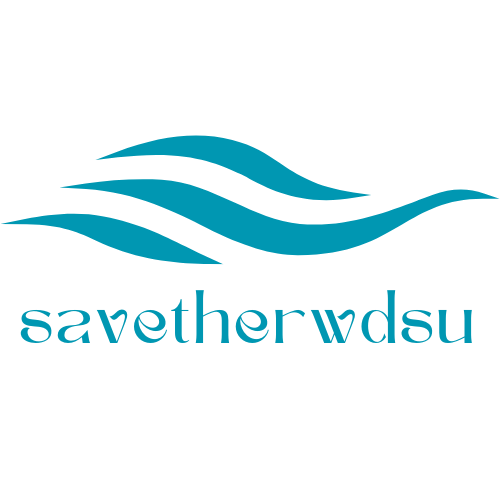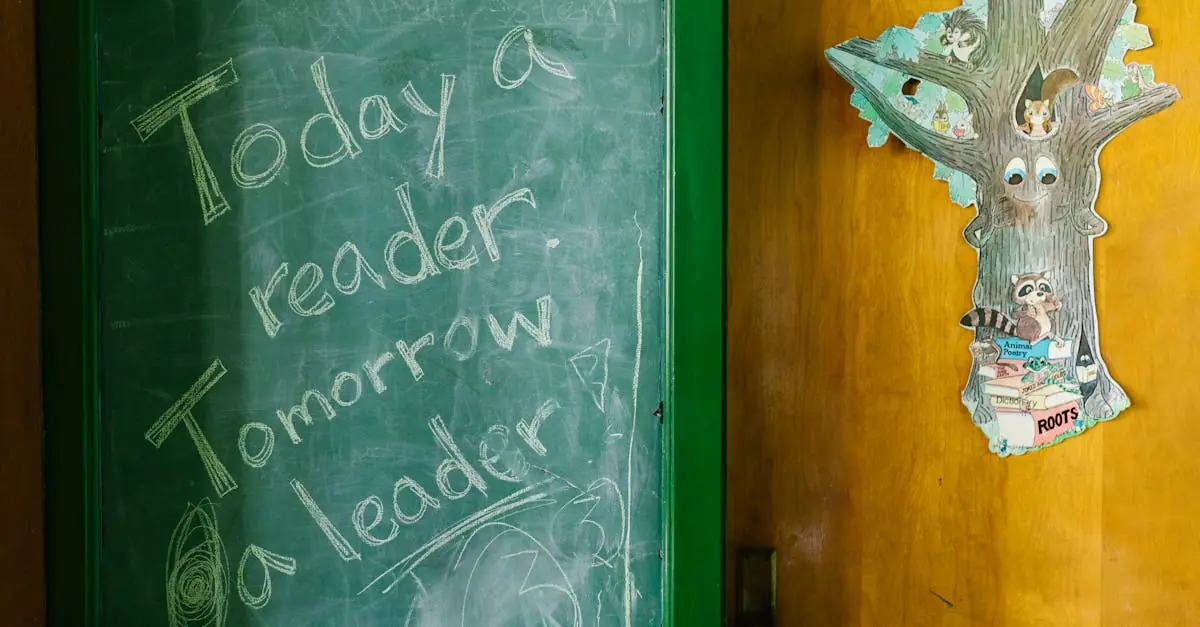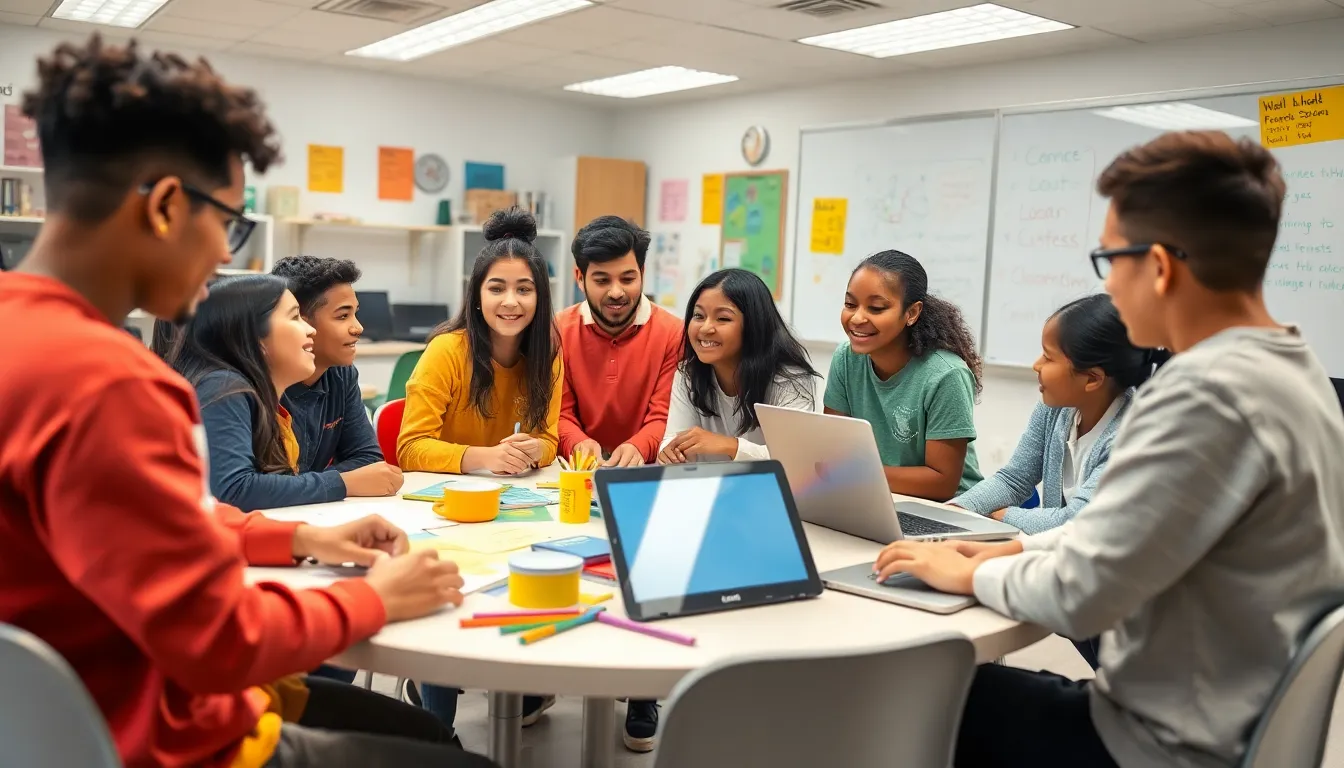Education is supposed to be the great equalizer, but lately, it feels more like a battlefield. From debates over curriculum content to the rise of technology in classrooms, educators and parents alike find themselves navigating a minefield of controversial issues. It’s not just about reading, writing, and arithmetic anymore; it’s about what gets taught, how it gets taught, and who gets to decide.
As society evolves, so do the conversations surrounding education. Some topics spark heated debates while others leave us scratching our heads in confusion. Whether it’s the role of standardized testing or the push for inclusive curricula, these issues are shaping the future of learning. Buckle up as we dive into the most pressing controversies in education today—where every opinion is valid, and every classroom is a stage for lively discussions.
Table of Contents
ToggleOverview of Controversial Issues in Education Today
Education today faces diverse controversies that spark intense debates among educators, parents, and policymakers. Standardized testing remains a major focal point; critics argue it stifles creativity and undermines critical thinking skills in students. Alongside this, the push for inclusive curricula highlights challenges regarding representation and the need for materials that reflect diverse perspectives.
Curriculum content also raises concerns. The integration of topics like race, gender, and sexuality into classrooms often leads to significant pushback from various community groups. Opponents of these subjects argue they may not align with parental values, while proponents contend that understanding these issues prepares students for a multicultural society.
Another contentious issue is the role of technology in education. While digital tools can enhance learning, some express worries about screen time and the potential for distractions. Balancing technology use with traditional teaching methods creates a significant debate about the most effective approach to modern education.
Alternatively, school funding disparities contribute to ongoing controversies. Wealthier districts often provide better resources and experienced teachers, perpetuating inequality in education. Advocates push for reforms to ensure equitable funding, arguing that every student deserves access to quality education regardless of their economic background.
As these issues evolve, the landscape of education continues to shift. Each controversy reflects broader societal changes, inviting discussions that challenge the traditional norms of teaching and learning.
Curriculum Debates
Curriculum debates in education focus on conflicting views regarding what students learn. These discussions often center around standardized testing and censorship, highlighting differing priorities in educational goals.
Standardized Testing
Standardized testing prompts heated discussions among educators and parents. Critics argue that such assessments impose rigid limits on creativity and critical thinking skills. Data from the National Center for Fair and Open Testing indicates that students often feel immense pressure, leading to increased anxiety. Advocates assert that these exams provide measurable benchmarks for student performance and school accountability. Despite this, many challenge the fairness of these tests, citing cultural bias and socioeconomic disparities. The call for alternatives to assess knowledge and skills continues to gain traction, with holistic evaluation methods promoting comprehensive learning.
Censorship in Education
Censorship in education raises eyebrows across many communities. Debates often revolve around curriculum content, particularly regarding sensitive topics such as race, gender, and sexuality. Proponents of inclusive curricula argue that representation fosters a more accurate understanding of the world. Opponents, however, fear that exposing students to controversial ideas may undermine moral or cultural values. Reports from organizations like the American Library Association reveal an increase in challenges to educational materials. Students benefit from exploring diverse perspectives, but resistance from various groups complicates implementation. The dialogue surrounding censorship highlights the need for balance between academic freedom and community values.
Funding and Resources
Funding and resources play a significant role in shaping educational landscapes today. Controversies arise over how these funds are allocated and their impact on student outcomes.
School Vouchers
School vouchers offer families the option to use public funds for private school tuition. Advocates argue that vouchers increase parental choice and competition among schools, potentially improving educational quality. Studies from the Friedman Foundation for Educational Choice show that students using vouchers often experience enhanced academic achievement. Critics, however, claim these programs divert resources from public schools, exacerbating inequality. Reports indicate that rural and low-income areas face the greatest challenges, making equitable access a pressing concern. Resistance remains strong, with many communities voicing potential adverse effects on public education systems.
Public vs. Private Funding
Public versus private funding sparks debate over its influence on educational quality. Public schools rely on government allocations, while private institutions often depend on tuition and donations. Data from the National Center for Education Statistics reveals that public schools receive approximately $13,600 per student, whereas private schools typically receive around $7,600. Critics highlight that disparities in funding contribute to unequal education experiences, particularly in underserved communities. Private funding can improve resources but can also prioritize profit over student welfare. Ongoing discussions focus on balancing the benefits of each funding source while ensuring all students receive a fair education.
Equity and Access
Equity and access remain central concerns in today’s education landscape, with ongoing discussions highlighting disparities.
Racial Inequality
Racial inequality continues to pervade educational systems across the United States. Data reveals that predominantly minority schools often receive less funding compared to their predominantly white counterparts. This funding gap influences resources available, including textbooks, technology, and extracurricular activities. Students in underfunded schools face challenges that contribute to lower academic achievement rates. Reports from the National Center for Education Statistics emphasize these disparities, showing heightened dropout rates among students of color. Effective policies can address these issues, and awareness is key to driving change toward equitable educational opportunities.
Gender Disparities
Gender disparities in education manifest in various forms, influencing academic performance and career aspirations. Research indicates that girls often excel in subjects like reading and writing while boys tend to outperform in math and science. Access to advanced courses often varies by gender, impacting future opportunities. Data from the American Association of University Women highlights that female students remain underrepresented in STEM fields, despite growing interest. Addressing these disparities requires targeted interventions, mentorship programs, and promoting diverse role models to empower all students to pursue their interests freely.
Technology in Education
Technology transforms education, prompting significant discussion on its role in classrooms. The shift from traditional methods to digital platforms introduces distinct advantages and challenges.
Online Learning vs. Traditional Classrooms
Online learning provides flexibility, allowing students to learn at their own pace. However, traditional classrooms offer direct interaction with educators, enhancing engagement. Many argue that online platforms can lead to isolated learning experiences, while advocates highlight increased accessibility, enabling students from diverse backgrounds to participate. Research indicates that students who learn online often demonstrate improved self-discipline. Conversely, critics point out that a lack of face-to-face interaction can hinder social skills development. Balancing these approaches presents a challenge as educators strive to integrate technology effectively.
Data Privacy Concerns
Data privacy becomes a pressing issue as technology permeates education. Schools often collect sensitive information on students without clear consent protocols. Numerous reports indicate that data breaches create risks for personal information, raising ethical questions about student safety. Parents express concerns over how educational platforms track usage and store data. Compliance with regulations like FERPA is vital, yet breaches in data management continue to emerge. Fostering trust requires transparency in how schools use technology while ensuring robust safeguards protect student information.
Teacher Rights and Conditions
Teacher rights and conditions play vital roles in shaping effective educational environments. Issues surrounding these aspects often spark heated debates.
Unionization and Salaries
Unionization significantly influences salaries and working conditions for educators. Many teachers join unions to negotiate better pay and benefits, increasing their bargaining power. A study from the National Education Association shows that unionized teachers earn 18 percent more than their non-unionized counterparts. These unions also advocate for fair policies regarding job security and professional development. Increased funding allocated to education helps bolster unions’ efforts, allowing collective bargaining sessions to focus on improving teachers’ circumstances. However, opponents argue that unions can hinder flexibility in negotiations, potentially impacting school budgets.
Classroom Management and Discipline Policies
Classroom management and discipline policies directly affect teachers’ rights and responsibilities. Educators often find themselves navigating complex behavior issues without adequate support. According to a recent survey by the American Psychological Association, approximately 44 percent of teachers report feeling unprepared for classroom management challenges. Discipline policies that emphasize restorative justice promote understanding rather than punitive measures, fostering healthier classroom environments. Teachers frequently seek clarity in these policies, allowing them to manage diverse student needs effectively. Furthermore, inconsistent discipline practices can undermine authority, creating additional challenges for teachers working to maintain order and support student learning.
Education today stands at a crossroads filled with complex challenges and dynamic discussions. As various stakeholders navigate these controversial issues it’s clear that the landscape is constantly evolving. The interplay between standardized testing, censorship, technology, data privacy, funding, and equity underscores the need for ongoing dialogue and collaboration.
Addressing these concerns requires a commitment to inclusivity and transparency. By fostering open conversations and considering diverse perspectives, educators and policymakers can work towards solutions that benefit all students. Ultimately the goal remains to create an educational environment that not only imparts knowledge but also nurtures critical thinking and prepares students for the complexities of the world ahead.




